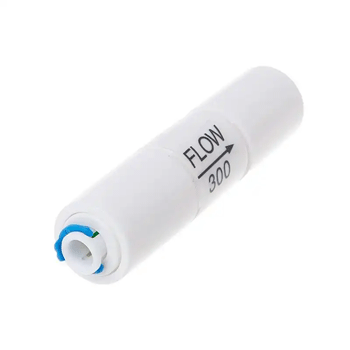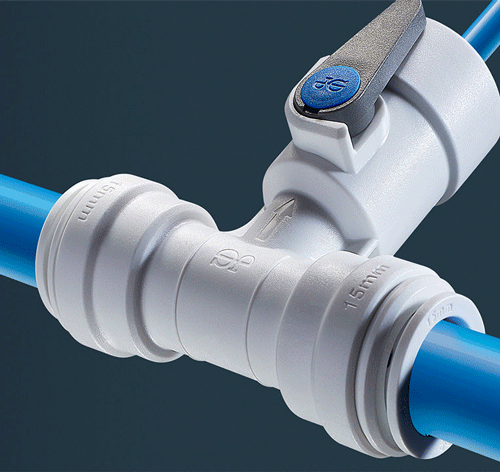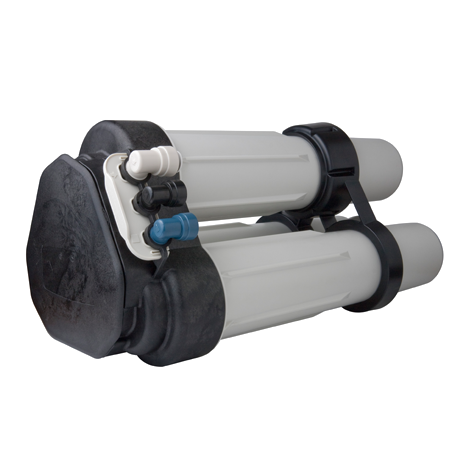Product added to cart
17June
17June

17June
17June
Flow Restrictors: Enhancing Efficiency and Performance of Reverse Osmosis Systems
Flow restrictors are small devices that are essential components of reverse osmosis systems. Their primary function is to regulate the flow of water through the system, ensuring optimal performance and efficiency. While they may seem insignificant compared to the complex filtration mechanisms of RO systems, flow restrictors play a vital role in achieving high-quality water purification.
Why are flow restrictors necessary in reverse osmosis systems?
The answer lies in the nature of the RO process itself. Reverse osmosis works by exerting pressure on water to force it through a semi-permeable membrane, effectively separating impurities and contaminants from the clean water. This pressure is crucial for the filtration process, as it determines the rate at which water flows through the membrane.
Flow restrictors serve as control valves that regulate this pressure and maintain a constant flow rate. By limiting the flow, they create the ideal conditions for efficient filtration...



